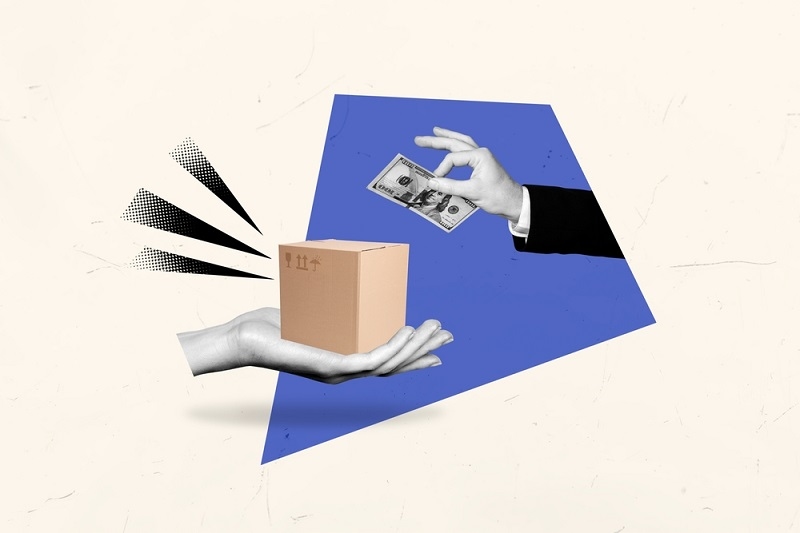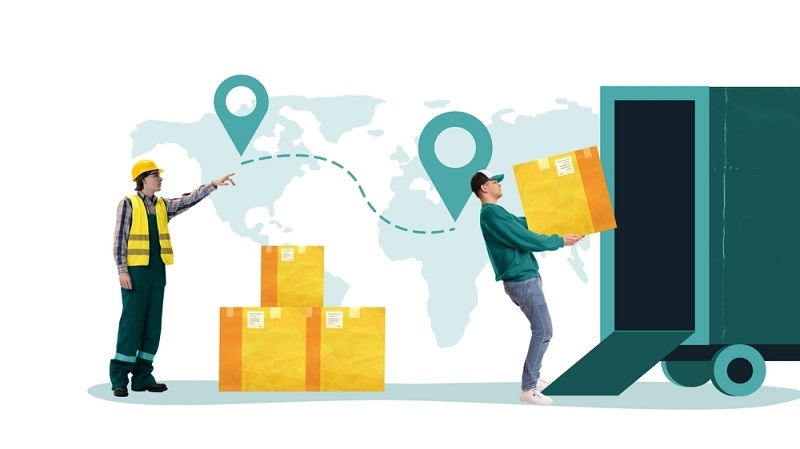
Alright, let’s be honest. If you’ve even dipped a toe into the world of eCommerce, chances are you’ve come across two words that keep popping up—dropshipping and direct shipping. Both sound promising. Both promise to make your online business dreams come true. But deep down, you're probably thinking... What’s the actual difference? And more importantly—what’s right for me?
Great question.
Let’s dive into the world of dropshipping vs. direct shipping and unpack everything: how they work, what sets them apart, and whether you’re about to pick a goldmine—or a logistical headache.
Picture this. You open an online store. You upload a ton of cool products. Customers start buying. But instead of you packing boxes or renting a storage unit, your supplier handles all the heavy lifting. They ship the product straight to your customer. You didn’t touch the item. Not once.
That’s dropshipping in a nutshell.
At its core, what is dropshipping? It’s a retail fulfillment method where the seller (you) doesn’t keep products in stock. Instead, when someone places an order, you purchase the item from a third party—usually a wholesaler or manufacturer—and they ship it directly to your customer.
On paper? It’s dreamy. No inventory. No upfront bulk buying. And virtually zero overhead costs. You can literally start from your bedroom with a laptop and Wi-Fi.
But—and you knew this was coming—it’s not all roses.
Margins? Thin. Control? Limited. Shipping times? Sometimes... ugh.
Still, for aspiring entrepreneurs who want to get their feet wet without burning a hole in their wallet, dropshipping can be a low-risk launchpad.

Okay, let’s shift gears.
What is direct shipping? This model puts you in charge of everything—from storing inventory to packing orders to shipping them out.
You buy products in advance, either from wholesalers or manufacturers, and keep them on hand. When someone places an order, you (or your team) box it up and ship it directly to the customer.
Sounds a bit old-school, right? That’s because it kind of is. Direct shipping is how traditional retail has worked forever—except now, you’re doing it online.
The perks? Control. Consistency. And if done right—higher profits.
You choose your packaging. You inspect the product. You create the unboxing experience. You build your brand, your way.
The catch? You need space. You need systems. You need startup capital. You’ll also have to manage inventory—what sells, what doesn’t, and how to not drown in unsold stock.
So while dropshipping is like renting an Airbnb, direct shipping is like owning the house.
Okay, so at this point, you’re probably thinking, “They sound kinda similar. You sell stuff online. Someone ships it. What’s the big deal?”
Let’s zoom in on the real-world, day-to-day differences.
In dropshipping, you’re dependent on your supplier for everything—product quality, packaging, delivery speed, and stock availability. If they mess up, it’s your reputation on the line. You’re like the frontman of a band you’ve never rehearsed with.
Direct shipping? That’s your show. You touch every order. Every item that ships has your eyes on it. You control how fast it goes out, how it looks, and whether it comes with a thank-you card or a surprise gift.
So yeah, the difference between dropshipping and direct shipping? It comes down to control, responsibility, and risk.
One is leaner and more hands-off. The other demands more from you—but gives more in return.
Let’s keep it real. Dropshipping is the clear winner if you’re just starting out.
You can test different niches and products without dropping thousands on stock. You don’t need a warehouse. Heck, you don’t even need to see the product. You can literally launch in a weekend.
Direct shipping takes more effort. You’ll need to invest in inventory, figure out where to store it, and learn shipping logistics. Not impossible—but definitely more moving parts.
So, if you're working with a limited budget or just experimenting? Dropshipping is a good entry point. If you’re in it for the long haul and want to build a real brand? Direct shipping might be your game.
Here’s the juicy bit.
Dropshipping can be cheap to launch, but your profit margins? Meh. Suppliers charge you more per product since you're not buying in bulk. Plus, since dozens of other stores might be selling the same items, you often have to lower your prices just to stay competitive.
Direct shipping flips that around. You’ll spend more upfront to buy stock and possibly rent storage—but you keep more profit per sale. You also get to build brand loyalty, repeat customers, and control your price point.
So while dropshipping feels safer in the beginning, direct shipping has better long-term earning potential.
Don’t Miss Out: Solar-Powered Gadgets: Top Eco-Friendly Gifts for 2025
Let’s get one thing straight. In the customer’s eyes, they don’t care how their item got to them. They care that it got there—on time, in one piece, and exactly as expected.
And this is where things can get dicey with dropshipping.
You’re relying on a third party—sometimes halfway across the world—to deliver that experience. If they mess up the order, ship late, or send a low-quality product, guess who the customer blames? You.
With direct shipping, you’ve got your hands on everything. You can ensure quality. You can throw in a handwritten note or a branded insert. You can offer fast, reliable delivery.
In terms of consistency and customer trust, direct shipping often comes out on top.
Here’s a question that will shape your entire decision: Do you want convenience or control?
If you’re after convenience—low commitment, low cost, easy testing—dropshipping wins. You get to run your store from anywhere. No boxes to pack. No late-night stock checks. Just you, a screen, and a Wi-Fi connection.
But if control is more your thing—if you want to build a serious brand, if quality matters to you, if you want loyal customers who rave about your packaging—then direct shipping is your lane.
In the direct shipping vs dropshipping face-off, there’s no right answer. Only the right answer for you.
Let’s talk growth.
Dropshipping is a great way to validate a product idea. But when it comes to scaling? It has limits. Since you’re not in control of inventory, branding, or shipping, you’re always somewhat capped in how much you can grow.
Direct shipping, on the other hand, gives you a foundation. You can start branding, bulk buying, optimizing fulfillment—heck, even build your own team or warehouse one day.
Want to become a household name? Direct shipping sets you up better for that.
Ah, the million-dollar question: dropshipping vs direct shipping pros and cons—which one wins?
Here’s the honest truth: neither is better. They’re just different models with different risks and rewards.
Dropshipping is better if:
Direct shipping is better if:
Still stuck? Start with dropshipping. Learn the ropes. Understand your audience. Then slowly transition into direct shipping when you’re ready to scale and gain control.
Also read: Wedding Favors 2025: Creative Ideas Your Guests Want
Running a business is personal. It’s messy. It’s exciting. And it’s not supposed to be a cookie-cutter formula.
Whether you choose dropshipping or direct shipping, what matters most is starting. You can pivot later. You can adjust. The perfect model doesn’t exist—only the one that aligns with your resources, goals, and values right now.
So, if you’re ready to launch something—go for it. Test. Fail. Adjust. That’s how real businesses are built. Not by picking a flawless model, but by taking imperfect action and figuring it out along the way.
Ready to ship your first order?
This content was created by AI